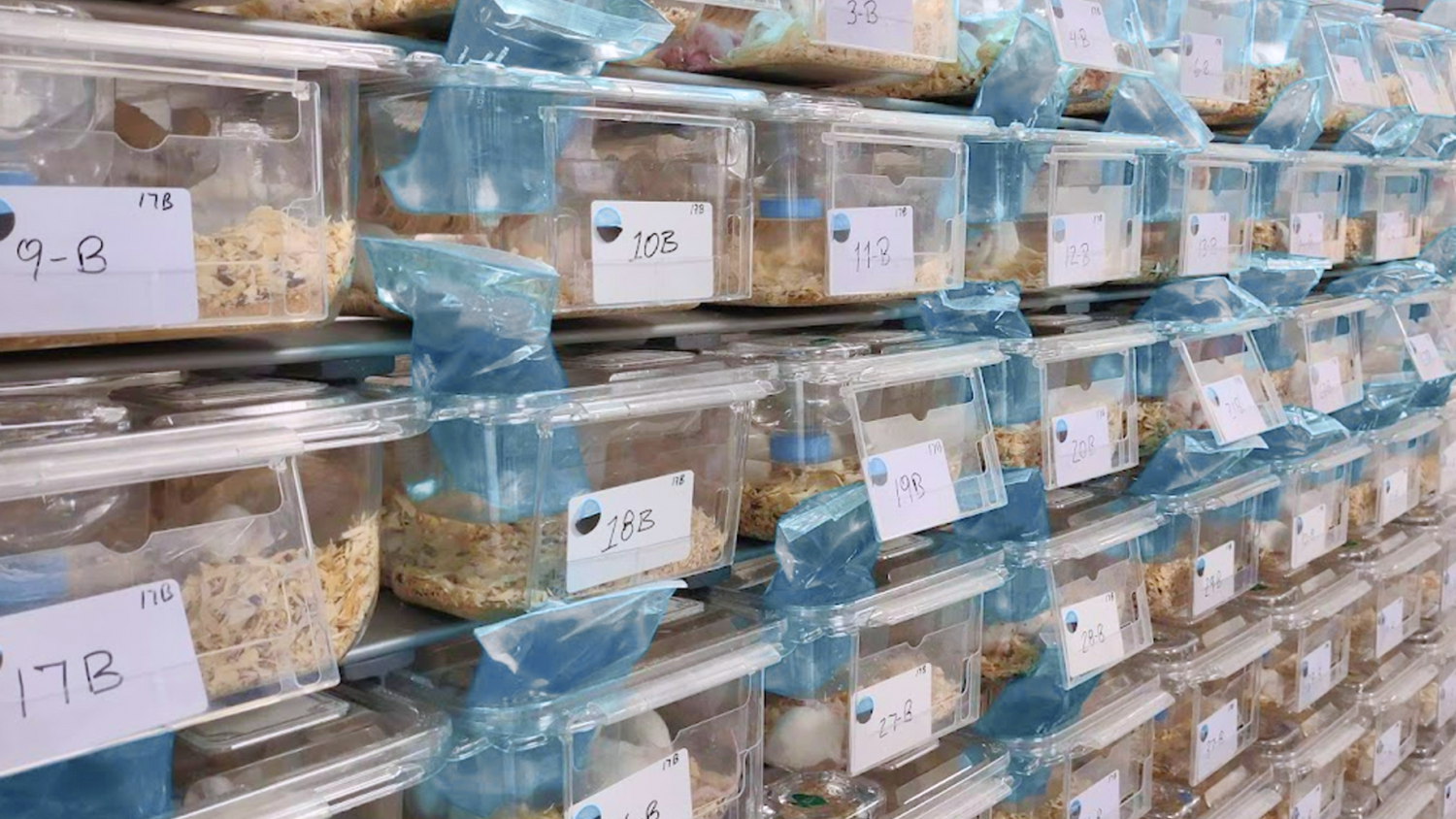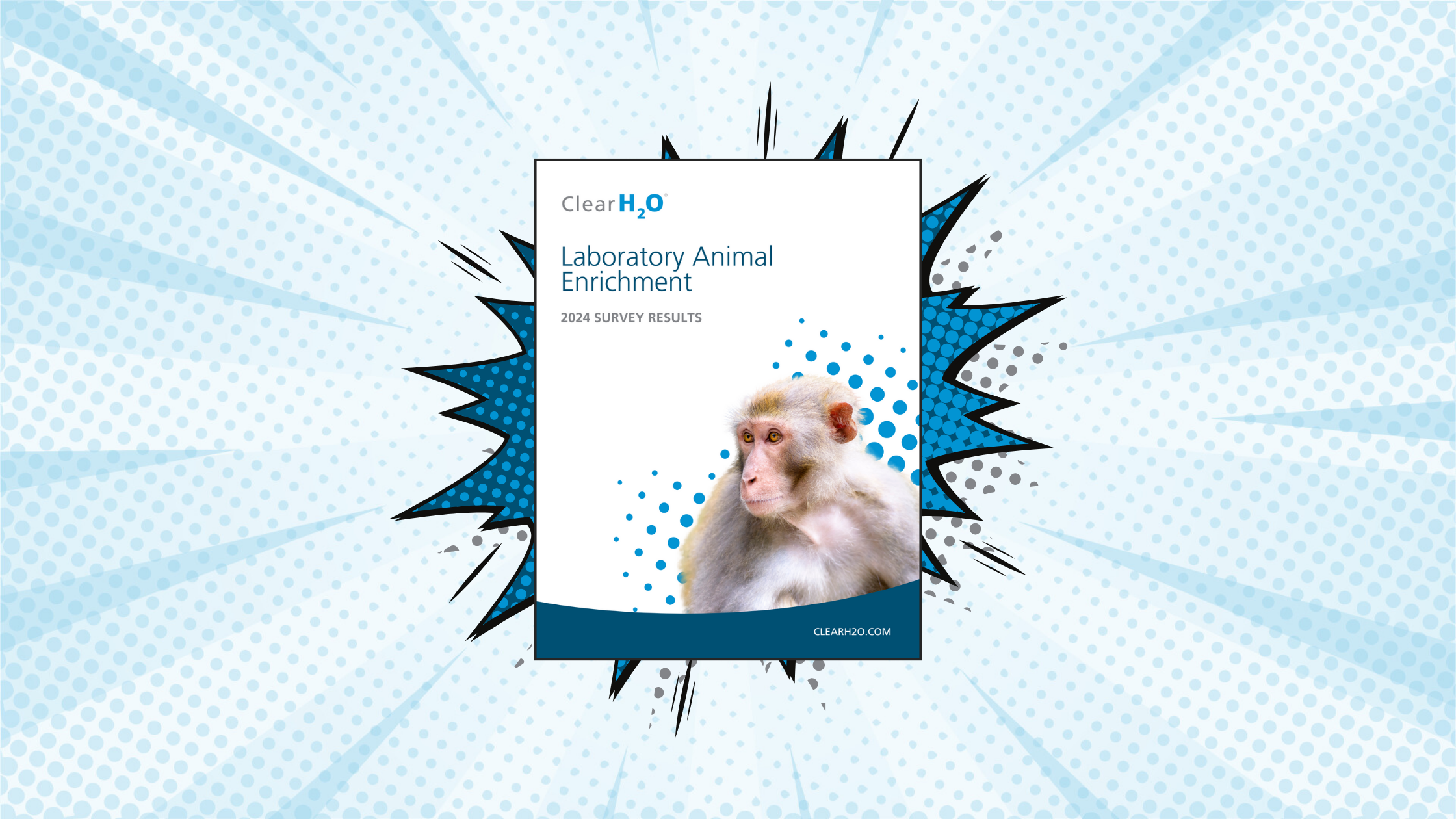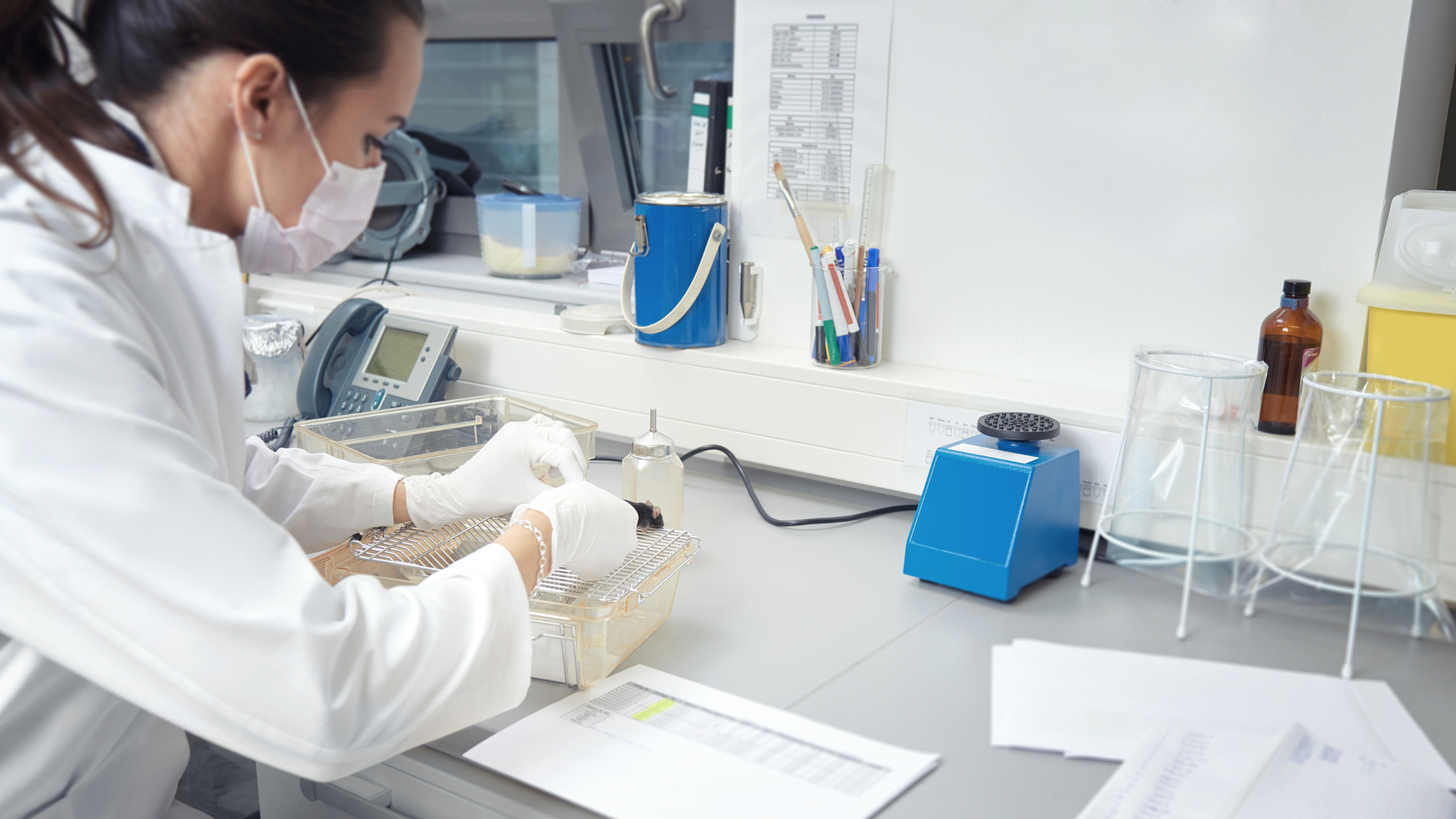Water is fundamental to all biological processes, yet its quality and availability are often overlooked in research animal facilities. While nutrition, housing, and environmental controls are meticulously regulated, water delivery systems can introduce variability that affects both animal health and study outcomes.
The Role of Water Quality in Animal Care
Ensuring Research Integrity
Inconsistent water sources can introduce variables that compromise experimental reproducibility. Municipal water, for instance, may contain fluctuating levels of chlorine, heavy metals, and dissolved minerals due to regional treatment processes and seasonal changes. These variations can influence animal metabolism, immune function, and behavior, leading to unintended variability in research outcomes. A study highlighted that diet and drinking water might serve as sources of extrinsic variability, impacting animal health and experimental results1.
For facilities managing multi-site studies, ensuring consistent water composition across locations is crucial for generating reliable, comparable data. Variations in water quality can make it challenging to control external variables, thereby affecting the reproducibility of research findings.
Supporting Animal Health and Welfare
Hydration is essential for maintaining normal physiological functions, but for certain populations, such as immunocompromised rodents, breeding colonies, and animals undergoing surgical recovery, water quality becomes even more critical. Bacterial contamination in automated watering systems or improperly sanitized bottles can pose significant risks, particularly for models used in infectious disease and oncology research. Research indicates that biofilm formation in water systems can harbor pathogenic bacteria, increasing the risk of infections in research animals2.
Ensuring that research animals receive a safe, reliable, and contaminant-free water source helps reduce stress, prevent dehydration, and support overall welfare standards.
Challenges of Traditional Water Systems
Water Bottles
- Require frequent refilling, sanitization, and monitoring for leaks, increasing labor demands.
- Susceptible to microbial contamination if not changed out frequently properly cleaned.
- May exhibit variability in intake due to blockages or leakage.
- Poor ergonomics for animal care teams moving heavy water bottles.
Automated Watering Systems
- Prone to biofilm formation, requiring routine flushing and cleaning.
- Difficult to monitor individual animal consumption, making dehydration or overconsumption harder to detect.
- Can introduce contamination if not maintained properly.
- High risk of cage/rack flooding due to alarm or valve failure.
Municipal Water Variability
- Fluctuations in mineral content, pH, and chlorine levels can influence research outcomes.
- 10.2% of surveyed professionals cited poor municipal water quality as a concern, highlighting the inconsistencies in regional water supplies.
- 9.4% of professionals reported contamination issues, reinforcing the need for a more controlled hydration solution.
- In extreme cases, municipalities may experience water shortages or complete service disruptions due to droughts, infrastructure failures, or contamination crises.
- Studies have shown that variations in water quality can impact the gut microbiome of experimental animals, potentially affecting research data3.

Standardizing Hydration Solutions
To address these challenges, adopting standardized hydration solutions can be beneficial:
- Consistent Water Quality: Utilizing purified, sterile water ensures uniform composition, eliminating variables associated with municipal water sources.
- Reduced Contamination Risks: Pre-treated water minimizes the potential for introducing pathogens or chemical contaminants into the research environment.
- Operational Efficiency: Standardized solutions can decrease the labor and resources required for water quality monitoring and system maintenance.
By prioritizing water quality and implementing measures to control biofilm formation, research facilities can enhance animal welfare and ensure the reliability of their scientific findings. In 2023, ClearH2O launched a new water supply system called AquaPak® and AquaValve® designed with these priorities in mind.
Advantages of AquaPak® in Research Settings
- Eliminates Water Variability: Pouches provide a standardized water source, free from fluctuations in mineral content, pH, and chemical additives.
- Sterile and Contamination-Free: The commercial sterilization process ensures that AquaPak® remains free from microbial contaminants, making it particularly beneficial for immunocompromised and high-risk animal models.
- Reduces Labor Requirements: Since AquaPak® is pre-filled and ready to use, it eliminates the need for bottle washing, refilling, and maintenance of automated watering systems.
Optimizing Water Delivery for Research Success
As research animal facilities continue to refine best practices for husbandry and study integrity, ensuring a consistent, high-quality water supply should be a priority. Survey data confirms that unreliable municipal water and contamination remain significant challenges for lab animal professionals, underscoring the need for a more standardized approach to hydration.
Variability in water composition, contamination risks, and labor-intensive maintenance of traditional systems all contribute to potential challenges that impact both animal welfare and data reproducibility.
By integrating AquaPak® as a standardized hydration solution, facilities can reduce uncontrolled variables, improve animal health, and enhance operational efficiency, all essential components of a rigorous research environment.
For research institutions committed to precision, consistency, and high animal welfare standards, re-evaluating hydration strategies is a critical step toward achieving more reliable study outcomes.
References
- The Influence of Feed and Drinking Water on Terrestrial Animal Models
- Quantification, Distribution, and Possible Source of Bacterial Biofilm Contamination
- H2Oh No! The Importance of Reporting Your Water Source in Animal Research
- Biofilm Formation in Water Distribution Systems
- Biological Quality of Water in the Distribution System
- Review of Evidence of Environmental Impacts of Animal Research and Testing
- Animal Drinking Water Management and Biofilm Prevention




Leave a comment
All comments are moderated before being published.
This site is protected by hCaptcha and the hCaptcha Privacy Policy and Terms of Service apply.